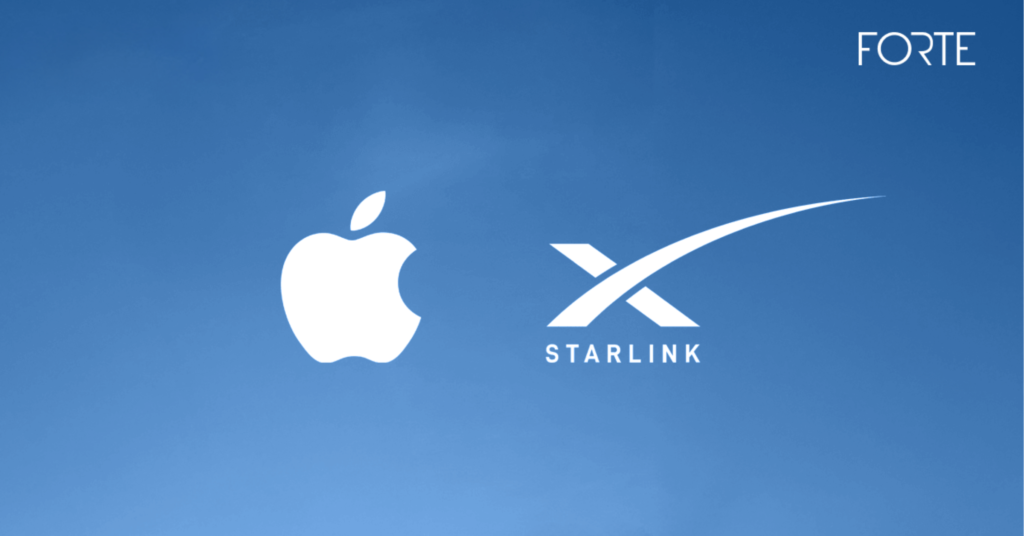IT security is a fundamental pillar for the success and continuity of business operations, especially in a scenario where cyberattacks are becoming increasingly sophisticated and devastating. However, many companies still take a reactive approach to dealing with threats, that is, they only act after the problem has occurred. While this approach has its merits in some cases, proactive protection has proven to be a much more effective solution than reactive protection, offering significant advantages in terms of prevention, risk reduction and preservation of operations.
What are Reactive and Proactive Protection?
Reactive protection relies on responding to security incidents after a breach. In other words, instead of anticipating and blocking threats, IT teams react after the attack has already occurred. This involves efforts to restore systems, mitigate damage, and recover compromised data.
On the other hand, proactive protection focuses on preventing attacks from happening, using advanced technologies to identify vulnerabilities, continuously monitor network traffic and block threats before they cause damage. This model is adopted by companies that seek to anticipate risks and protect their IT infrastructures effectively, such as Sketch, from the Strong Security, which goes beyond passive defense and guarantees high-performance and reliable security for companies.
The Dangers of Reactive Protection
- Greater exposure to risk
The biggest flaw in reactive security is the window of vulnerability between detecting and responding to an attack or network issue. Even a small delay can allow sensitive data to be leaked, systems to be compromised, or a company’s reputation to be damaged.
- Financial and operational damages
The costs of an attack go beyond the cost of repairing systems. The loss of time, the interruption of operations and the consequences for the image and compliance with regulations such as the LGPD can be much more expensive, not to mention the fines and legal proceedings.
- Lack of control
The reactive approach tends to result in a piecemeal response, where the IT team does not have full control until the attack happens. This creates uncertainty that can lead to exploitation of security flaws until they identify the problem.
The Advantages of Proactive Protection
- Early identification of vulnerabilities
With proactive security, vulnerabilities are identified before they can be exploited by cybercriminals, unlike reactive protection. Regular audits, risk assessments, and ongoing monitoring allow for quick fixes, blocking threats before they become a problem.
- Continuous monitoring and real-time detection
Tools like Sketch provides constant network monitoring and real-time analysis of suspicious behavior. It blocks threats automatically, without the need for immediate human intervention, allowing your IT team to focus on other strategic priorities while ensuring security.
- Reducing the impact of threats
By adopting a proactive stance, your company can quickly mitigate the impact of any attack that manages to bypass the initial defense. Even in the face of an attack, proactive solutions ensure that business continuity is not compromised, limiting financial and operational damage.
- Operational efficiency
Proactive protection eliminates the need for urgent responses, saving time and resources. This frees up your team to focus on what really matters: innovation, growth and new business development, while infrastructure security is in the hands of a armored system.
- Compliance and data protection
Regulations such as LGPD and GDPR require proactive security measures to protect personal data. Therefore, adopting a proactive strategy helps avoid penalties and ensures that the company remains compliant with cybersecurity laws and regulations, preserving public trust.
How to enhance Proactive Protection?
Invest in an innovative and robust solution that offers active and intelligent defense against cyber threats. Sketch goes beyond traditional protection practices by integrating advanced network traffic monitoring and analysis technologies. Through its behavioral analysis, it identifies attack patterns and blocks intrusions early, ensuring that your company's infrastructure remains protected, even against complex threats.
Eskaller's flexibility allows you to customize protection according to the specific needs of each company, making it ideal for organizations of different sizes. In addition, it can integrate other security solutions, creating an even more solid and effective defense.
Therefore, in an ever-evolving digital world, cyber threats are inevitable, but with the Sketch, you can anticipate them. Don't wait for an attack to happen, learn how to protect your company with Strong Security.



